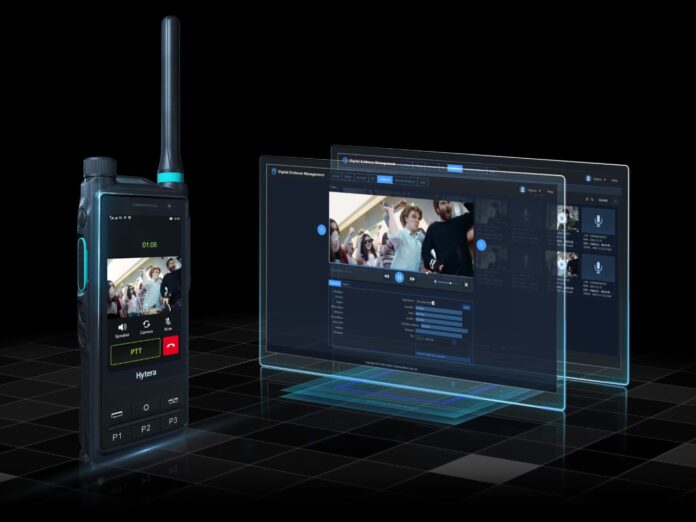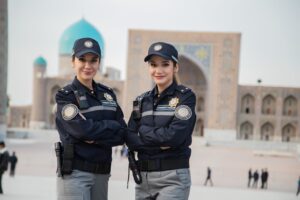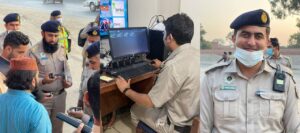Albert Einstein once stated, “Technology has exceeded our ability to feel empathy”. Body Worn Cameras (BWCs) are one such emerging technology. Body-worn cameras may be able to benefit several authorities, organizations, and businesses, according to Bloomberg. These cameras, which are becoming smaller and more portable as video technology advances, have the potential to increase transparency and safety in specific scenarios.
Body-worn cameras are usually associated with law enforcement, but we’ll mostly talk about how this technology can be used in other ways. Body-worn cameras can make it safer and more stable for people who work in retail and other front-line jobs. Body worn camera footage can also be used for training, stopping theft, and other things. Through these camera we all have immediate access to the real-time video which will make us much more aware of the situation and give all services a detailed common operational picture. As a result, we can better manage and coordinate all responses and use resources more quickly and effectively.
Here are some excellent examples of how body cams can be used:
- During the COVID-19 outbreak, people who work directly with the public have been verbally abused, threatened, and even attacked physically. But those officials who are wearing BWCs were kept safe and got help immediately. So, we can also use these cameras to aid people get vaccinated in Pakistan without any trouble.
- In Oxford, students who break campus rules sometimes refuse to give officers their names or other identifying information. Still, after using BWCs, these students are easy to spot, and security and discipline on campus also improve. Here, we can use these BWCs on the campuses of different colleges and universities.
- Retail workers who interact with customers could also benefit from the technology because it would make their interactions with the public safer.
Many community stakeholders and criminal justice officials say body-worn cameras improve police-citizen contacts and boost police legitimacy and transparency. Numerous police departments worldwide have utilized this technology to better community policing.
Now a big step has been taken to modernize the National Highway and Motorway Police (NHMP) by signing an agreement to buy Hytera body-worn cameras (bodycams) for the Lahore Motorways Police. Hytera is the best company in the world for making professional mobile radios.
Hytera Smart IDS (Integrated Device Station) System and SmartEye System provides centralized management of multi-media evidence collected by the bodycams. It supports centralized and distributed evidence storage, making it simple and easy to view, download, edit, and share. The SmartEye System is an intelligent management platform that enables the main office to monitor and control the on-site bodycams in real-time.
The bodycam used in the NHMP project is one of the best ones made by Hytera. It is small, thin, light, and portable so that police officer can use it in the field. It can record 1080P video at 30 frames per second and has night vision up to 10 meters away. The bodycam has a remote speaker-microphone built-in, so it can send video and stream it in real-time over 3G/4G/Wi-Fi. It can also be used as a Point of Contact (PoC) device, so the police can make push-to-talk (PTT) voice calls and start an emergency alarm in mission-critical situations.
Even though Body-Worn Cameras were first introduced in the early 2000s, presently the addition of Wi-Fi, Live Streaming, and Real-Time Video Recording makes them more user-friendly. Different industries, including healthcare, transportation, retail, delivery services, municipal corporations, and survey agencies, are using BWCs to save maintenance costs of their current infrastructure or video management system.
According to report by Market Research Future (MRFR) Body Worn Camera Market will touch USD 368.95 Billion at an Admirable CAGR of 72.3% by 2030. The increasing demand for body-worn cameras across all industries and the corporate sector in Pakistan would create significant opportunities for local or international dealers and manufacturers to promote the technical marvel BCWs.
This article is written by Dr. Shafaq Shahid she is PhD. in Mass Communication.



